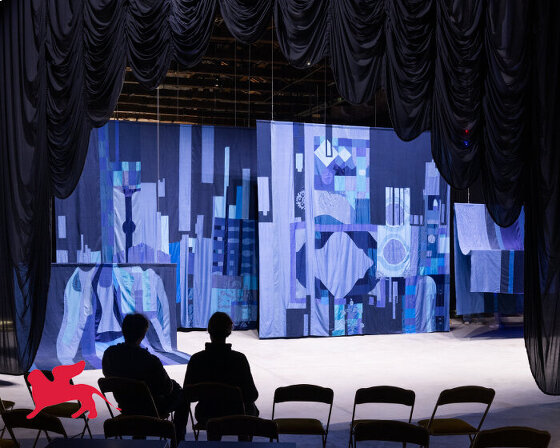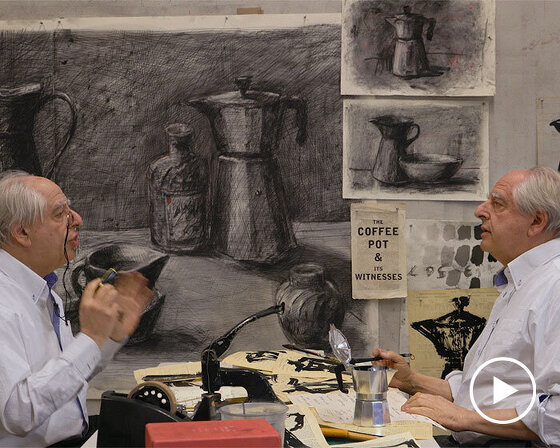KEEP UP WITH OUR DAILY AND WEEKLY NEWSLETTERS
PRODUCT LIBRARY
built with 'uni-green' concrete, BIG's headquarters rises seven stories over copenhagen and uses 60% renewable energy.
aziza kadyri reflects on modernizing suzani embroidery with AI, amplifying women's voices, and the deconstructed theater backstage.
using a model from 1990s, the trio turns the vehicle into an automotive art piece with boom boxes on the removable roof.
the south african artist talks to designboom about the nine-episode film series, available on MUBI from october 18, 2024.
connections: +160

 robotic scanning agents
robotic scanning agents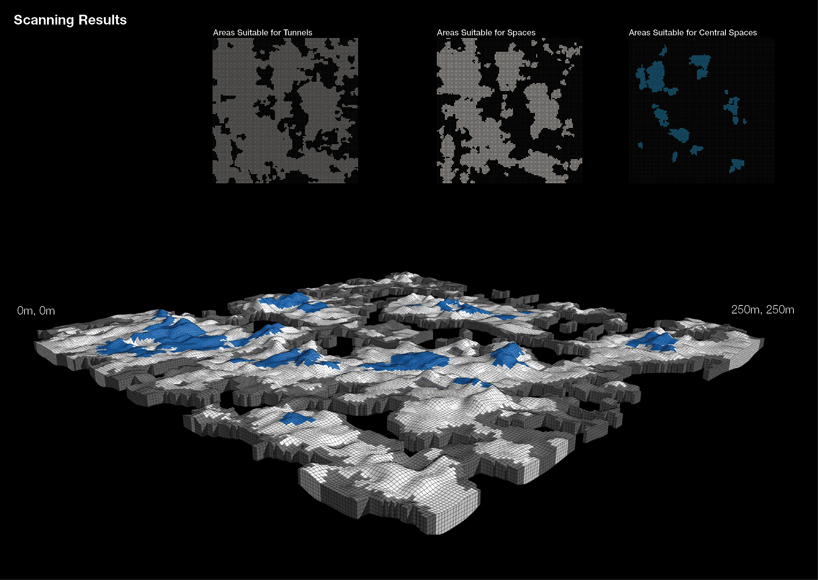 scanning results
scanning results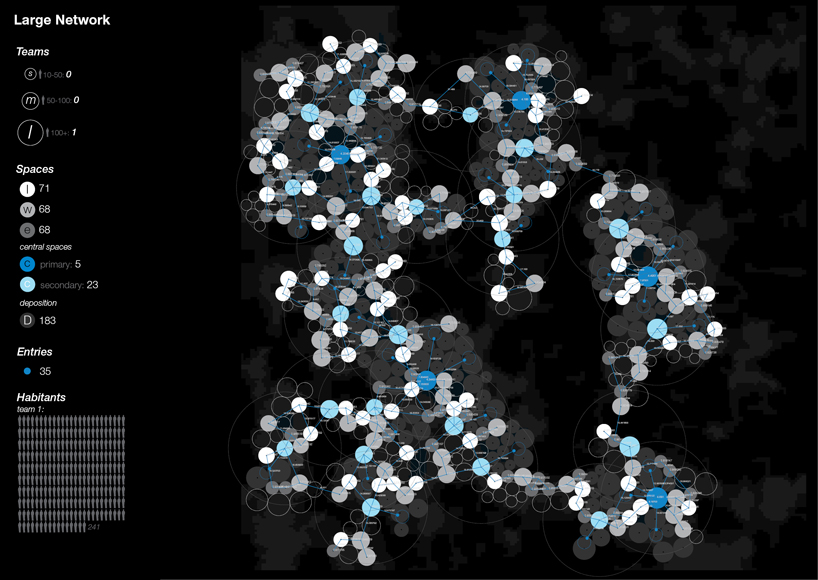 network patterning
network patterning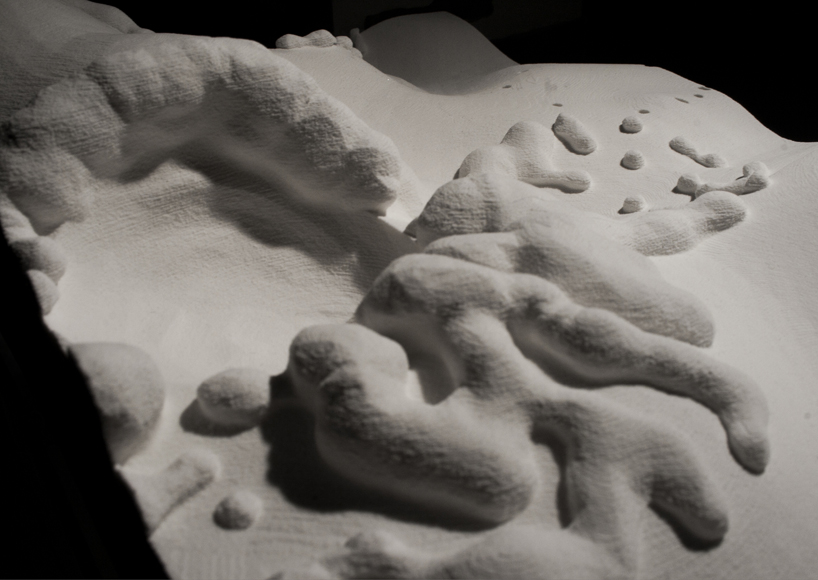 deposition geometry
deposition geometry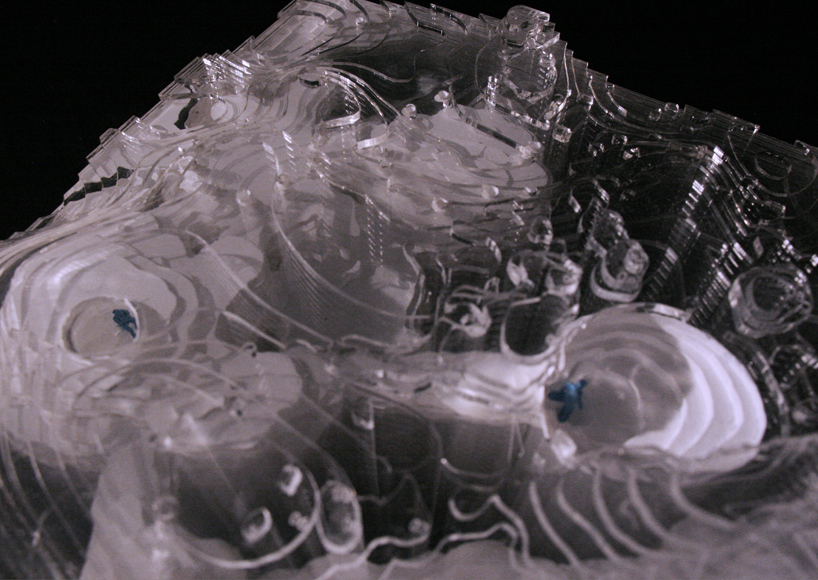 cluster detail
cluster detail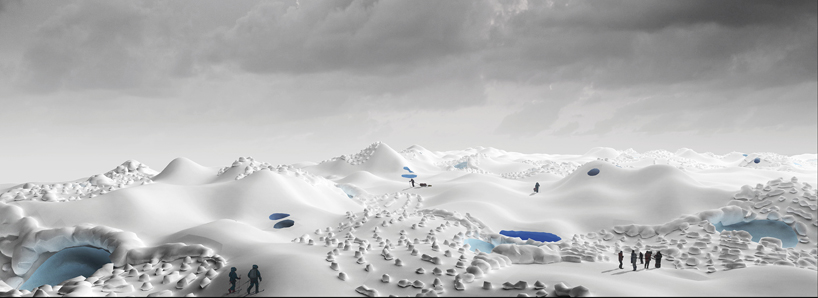 landscape
landscape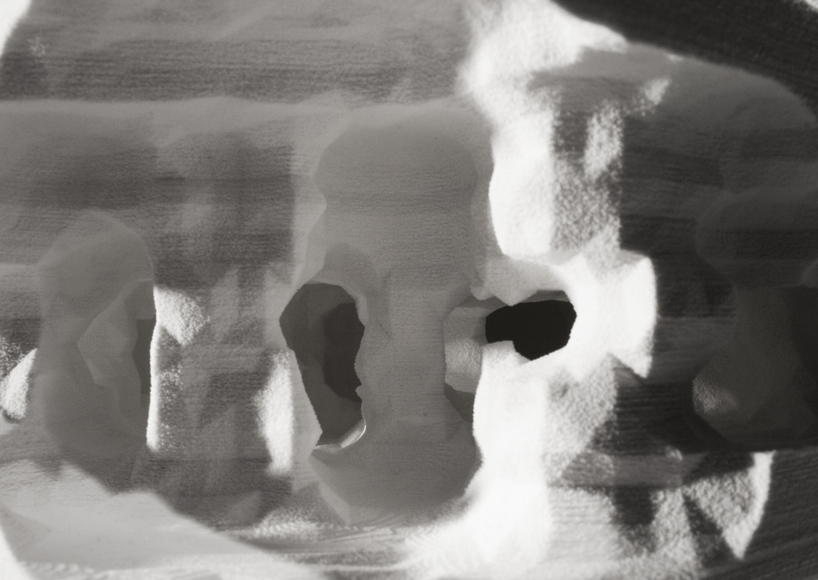 interior space
interior space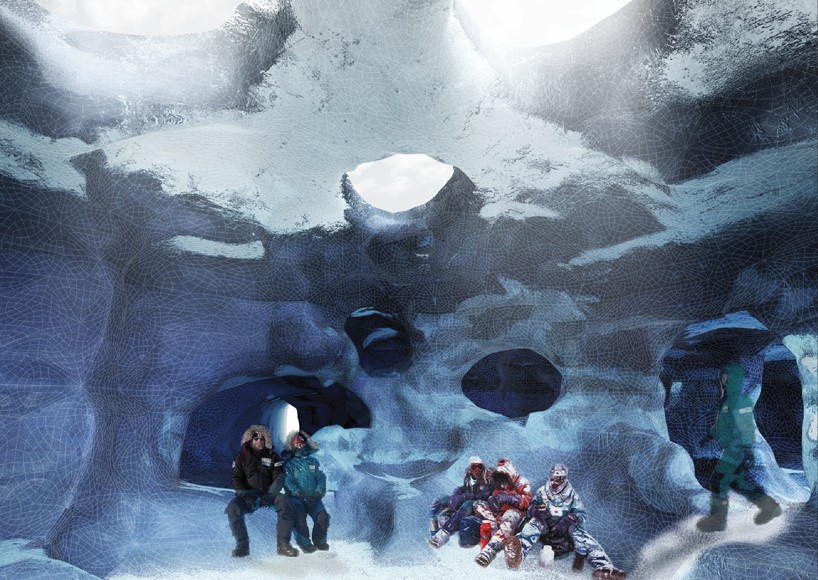 primary central space
primary central space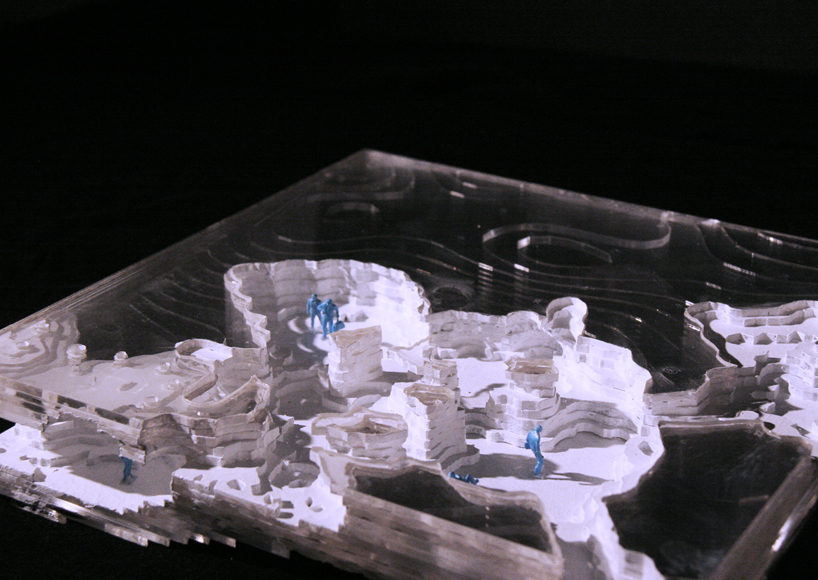 cluster detail
cluster detail long section
long section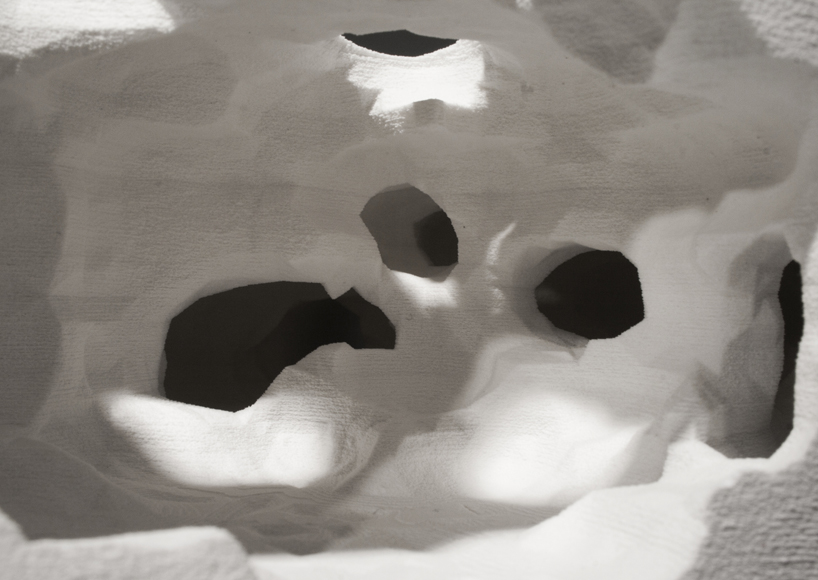 central space
central space
